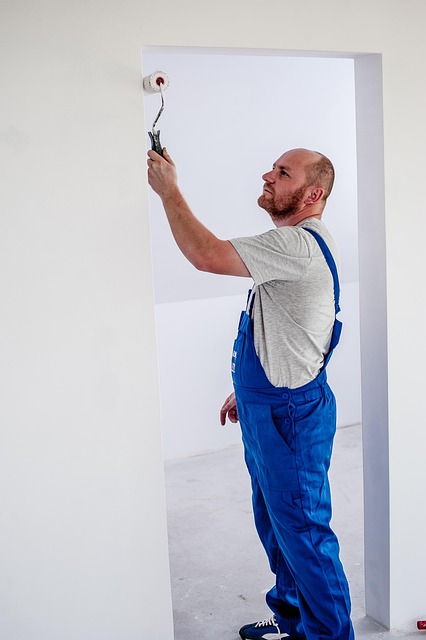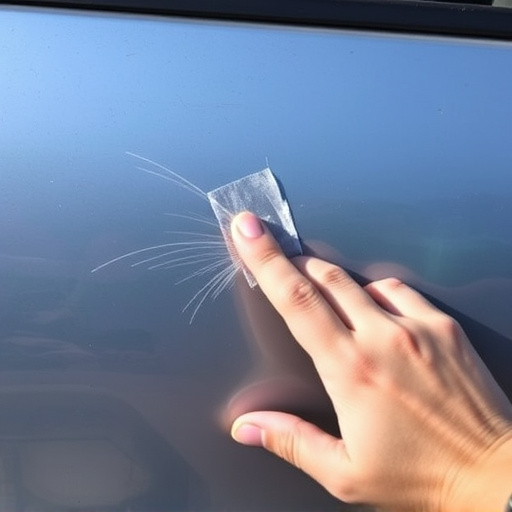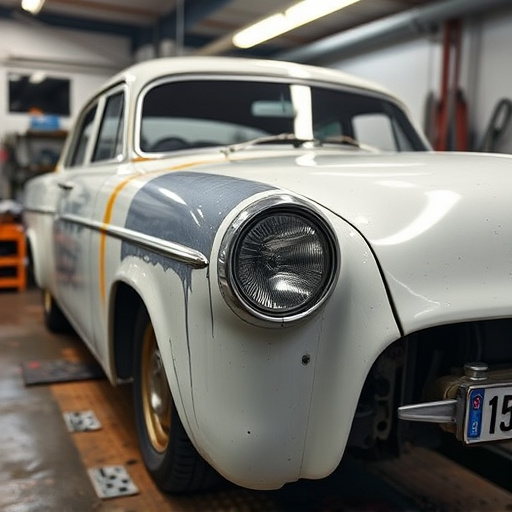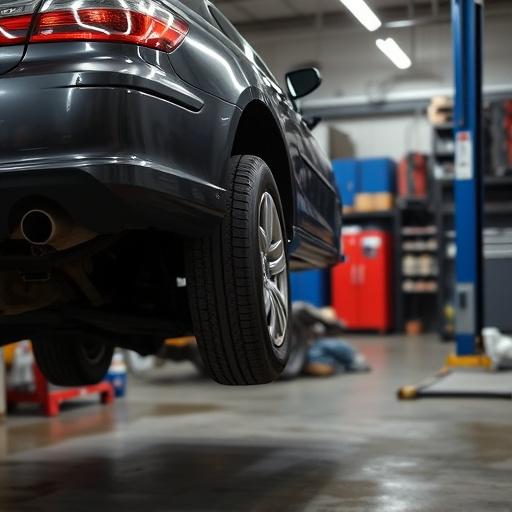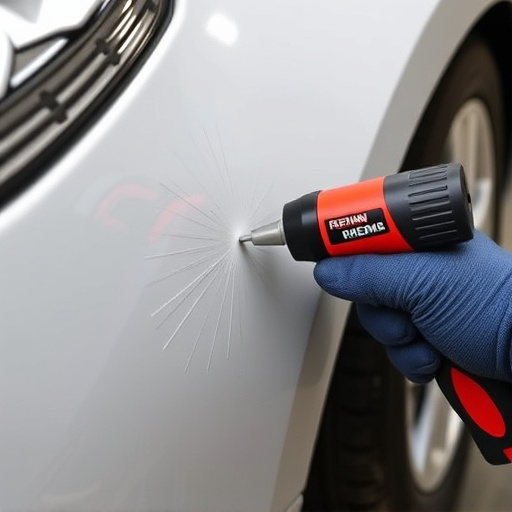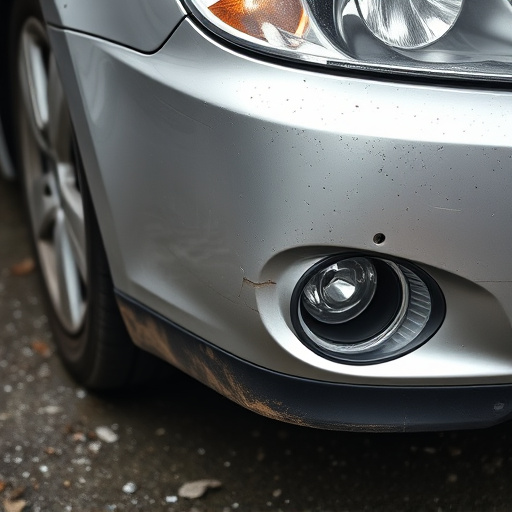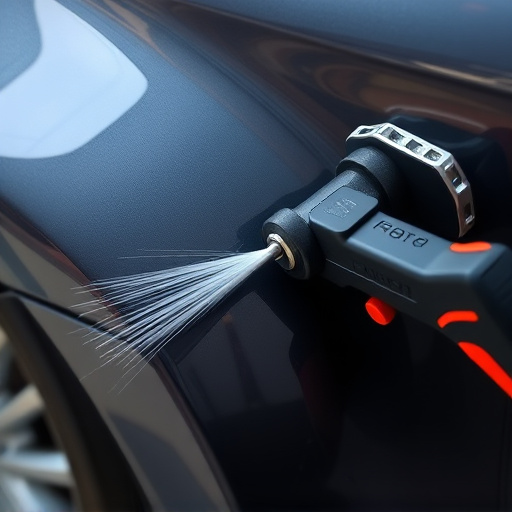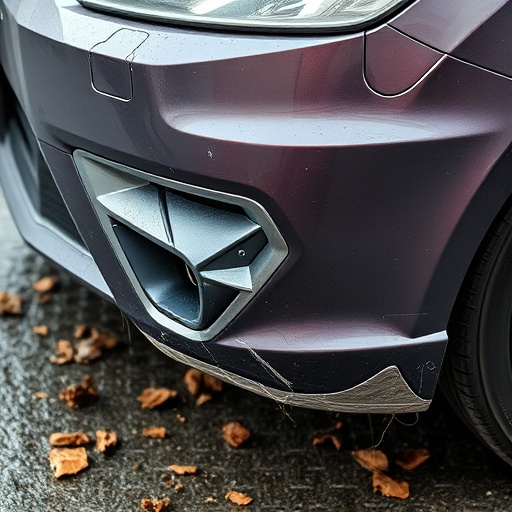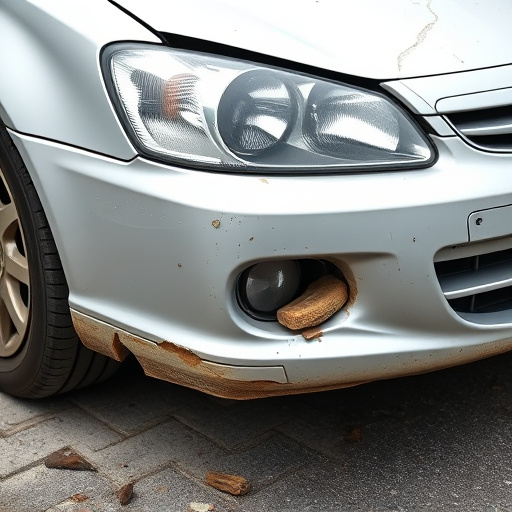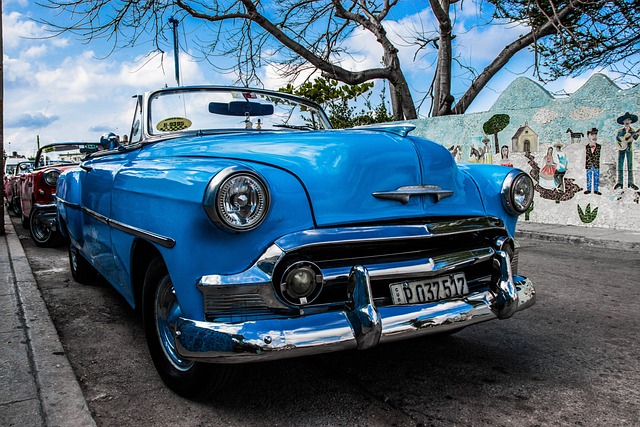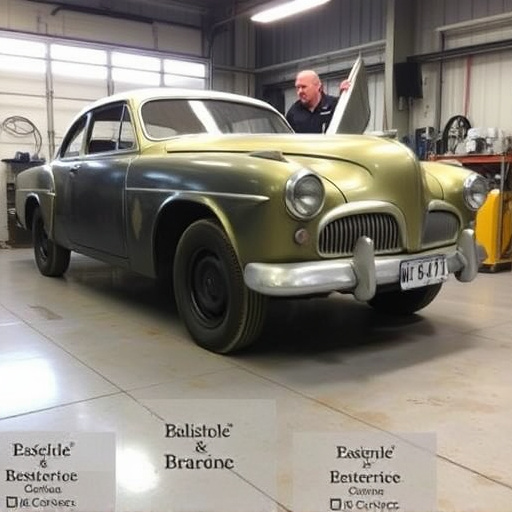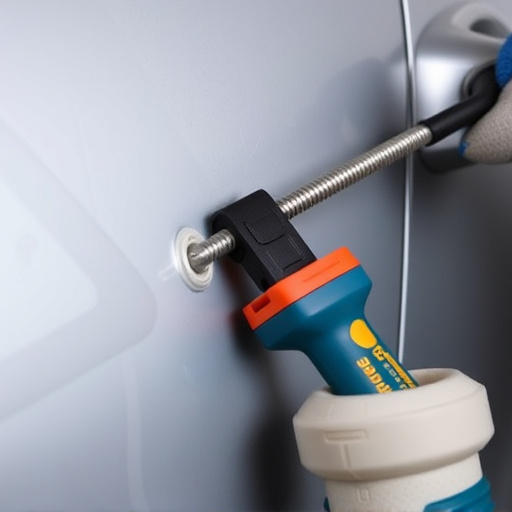Plastic body part repair combines scientific knowledge and skilled craftsmanship to restore damaged plastic automotive components to their original factory condition. This involves assessing damage, cleaning, preparing, and using techniques like injection moulding, heat forming, or 3D printing for complex repairs, followed by precise color matching with factory paint. At-home repairs require quality kits, patience, and practice for mastering restoration techniques.
Discover the revolutionary world of plastic body part repair, transforming your vehicle’s damaged panels into as good as new. This comprehensive guide explores cutting-edge techniques that match factory finishes seamlessly. From understanding specialized repair methods to the science behind achieving perfect color coordination, you’ll gain valuable insights. Learn practical tips for successful DIY repairs or equip yourself with knowledge to choose expert services. Master the art of plastic body part repair and restore your car’s allure.
- Understanding Plastic Body Part Repair Techniques
- The Science Behind Matching Factory Finish
- Tips for Achieving Flawless Repairs at Home
Understanding Plastic Body Part Repair Techniques
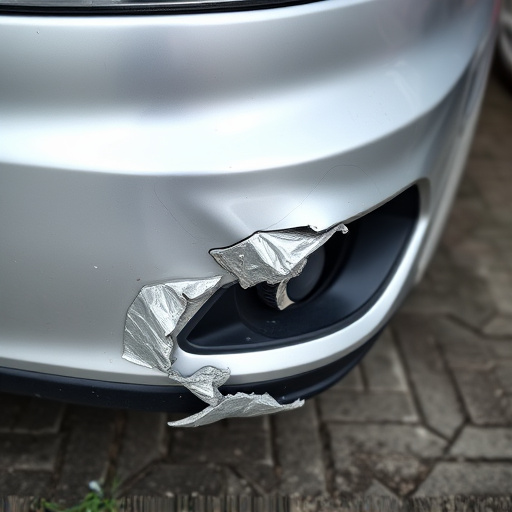
Plastic body part repair is a specialized process that involves restoring damaged or broken plastic automotive components to their original factory finish condition. This technique is increasingly important as vehicles incorporate more plastic parts for their lightweight and durable properties. Understanding the various repair techniques is key to achieving a seamless, long-lasting result.
The first step in plastic body part repair typically includes assessing the damage, cleaning the affected area, and preparing it for restoration. Techniques such as grinding, sanding, and degreasing are employed to ensure the surface is free from contaminants. Then, depending on the extent of the damage, skilled technicians may use methods like injection moulding, heat forming, or hand-layup of composite materials to recreate the missing or damaged section accurately. For complex repairs, advanced technologies like 3D printing can also be utilized, offering precise and customized solutions. After the repair, a careful finish matching the vehicle’s original factory paint is applied to ensure aesthetics and longevity, making it nearly impossible to distinguish the repaired area from the rest of the body.
The Science Behind Matching Factory Finish
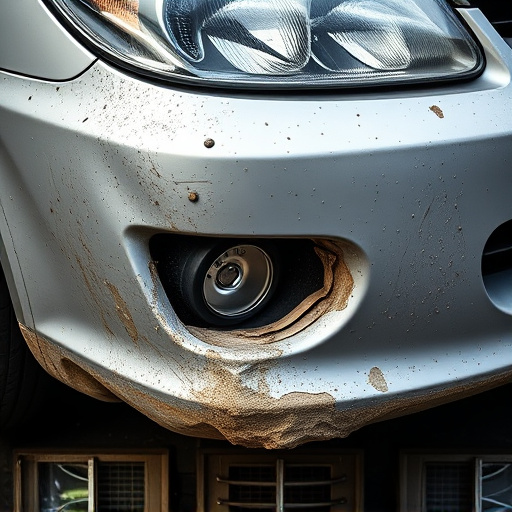
The process of achieving a perfect factory finish during plastic body part repair involves a complex interplay of science and skill. It’s not merely about matching the color; it’s about replicating the exact texture, gloss, and even microscopic imperfections that characterize the original manufacturing quality. This begins with a thorough understanding of the specific polymer composition of the plastic, as different plastics have unique chemical structures and properties.
Specialized tools and techniques, such as paintless dent repair methods, are employed to ensure minimal disruption to the surface. Automotive repair services that specialize in plastic body part repair use advanced equipment for precise color matching, often utilizing computer-aided systems to analyze and reproduce the factory finish. The expertise lies in not just repairing dents or damage but in restoring the aesthetic integrity of the plastic component as if it had never been disturbed, making it nearly impossible for onlookers to discern the repaired area from the original factory-produced part.
Tips for Achieving Flawless Repairs at Home
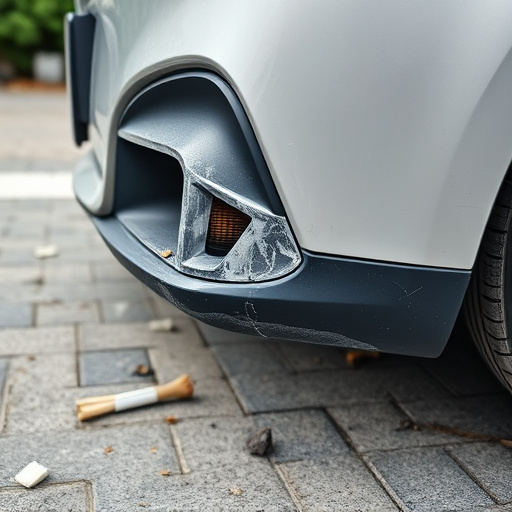
Achieving flawless plastic body part repairs at home requires a combination of skill, patience, and the right tools. Start by gathering high-quality repair kits designed specifically for plastic, as they offer the best match for factory finishes. These kits usually include fillers, putties, and paints tailored to plastic materials. Before beginning, thoroughly clean and dry the damaged area to ensure optimal adhesion.
For precise results, use fine sandpaper to gently buff the surface, removing any imperfections or residual debris. This smoothes the way for a seamless application of filler and paint. Remember, practice makes perfect, so don’t be discouraged if your first attempt isn’t flawless. With time and experience, you’ll master the art of automotive restoration, learning how to tackle even complex vehicle dent repair or car collision repair tasks with confidence.
Plastic body part repair, once a daunting task, has evolved into an art that offers flawless results. By understanding advanced repair techniques and leveraging the science behind matching factory finishes, enthusiasts can now achieve professional-level repairs at home. These tips provide a solid foundation for navigating this process successfully, ensuring your vehicle’s plastic components look as good as new.
